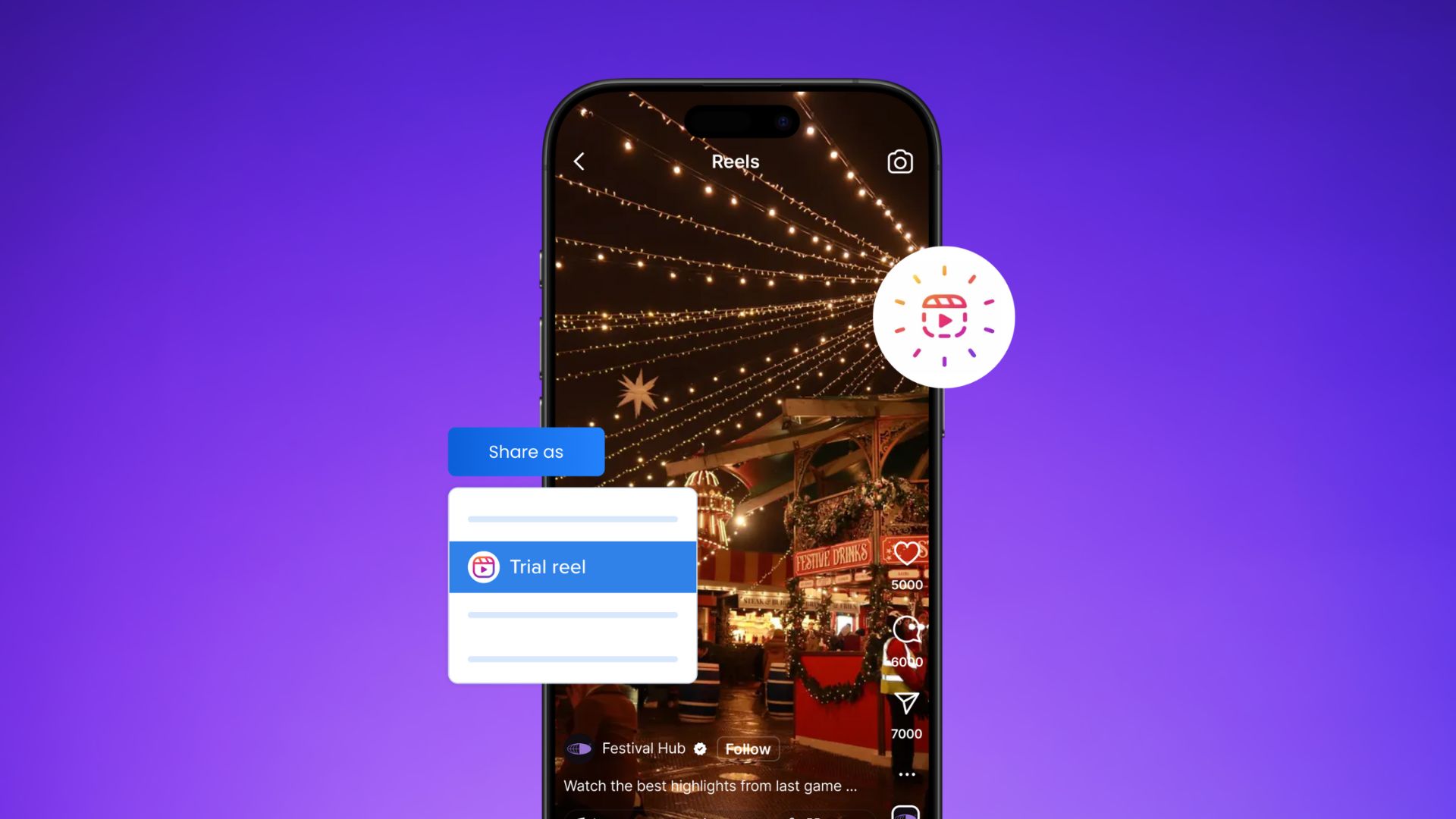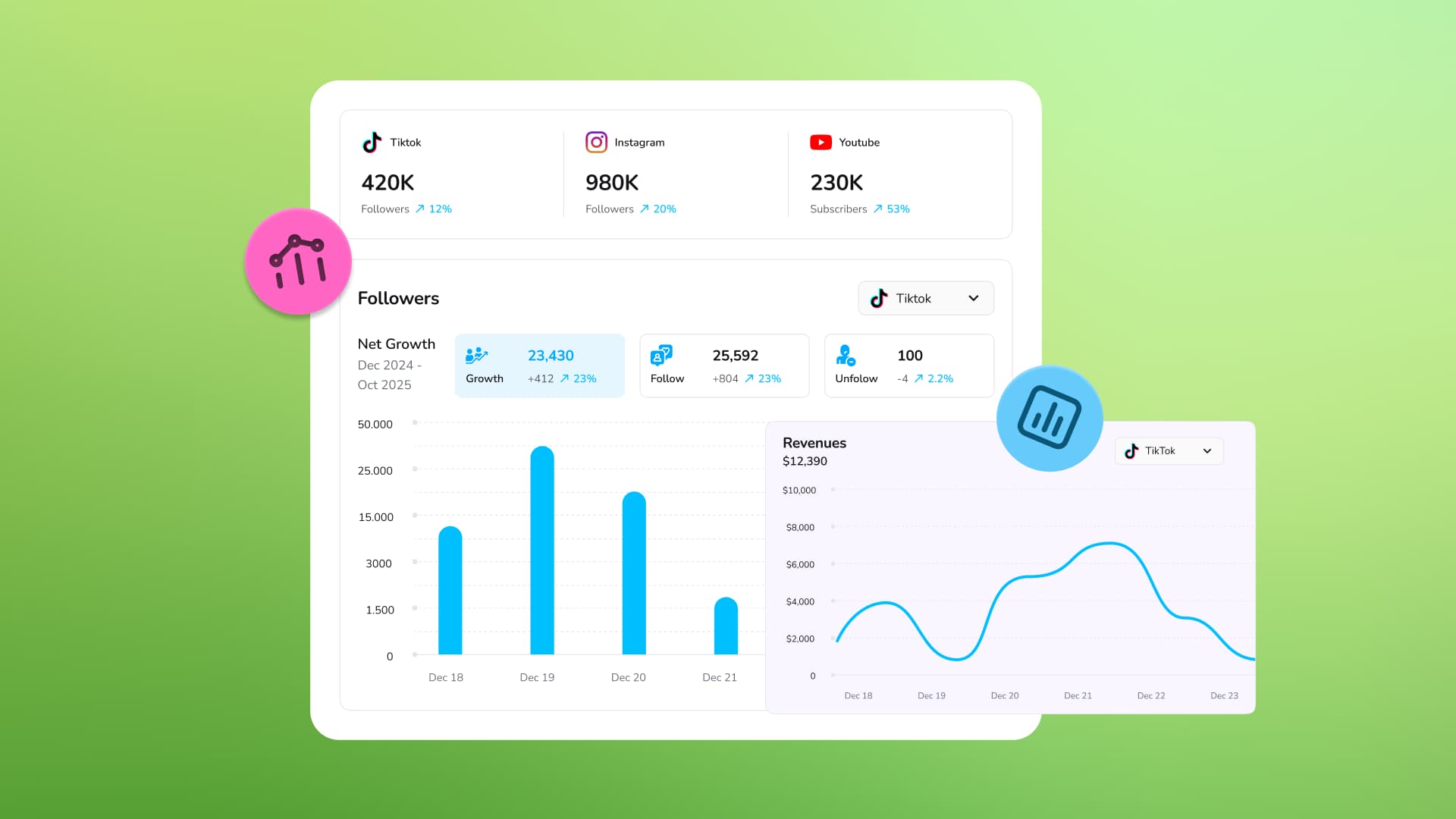New
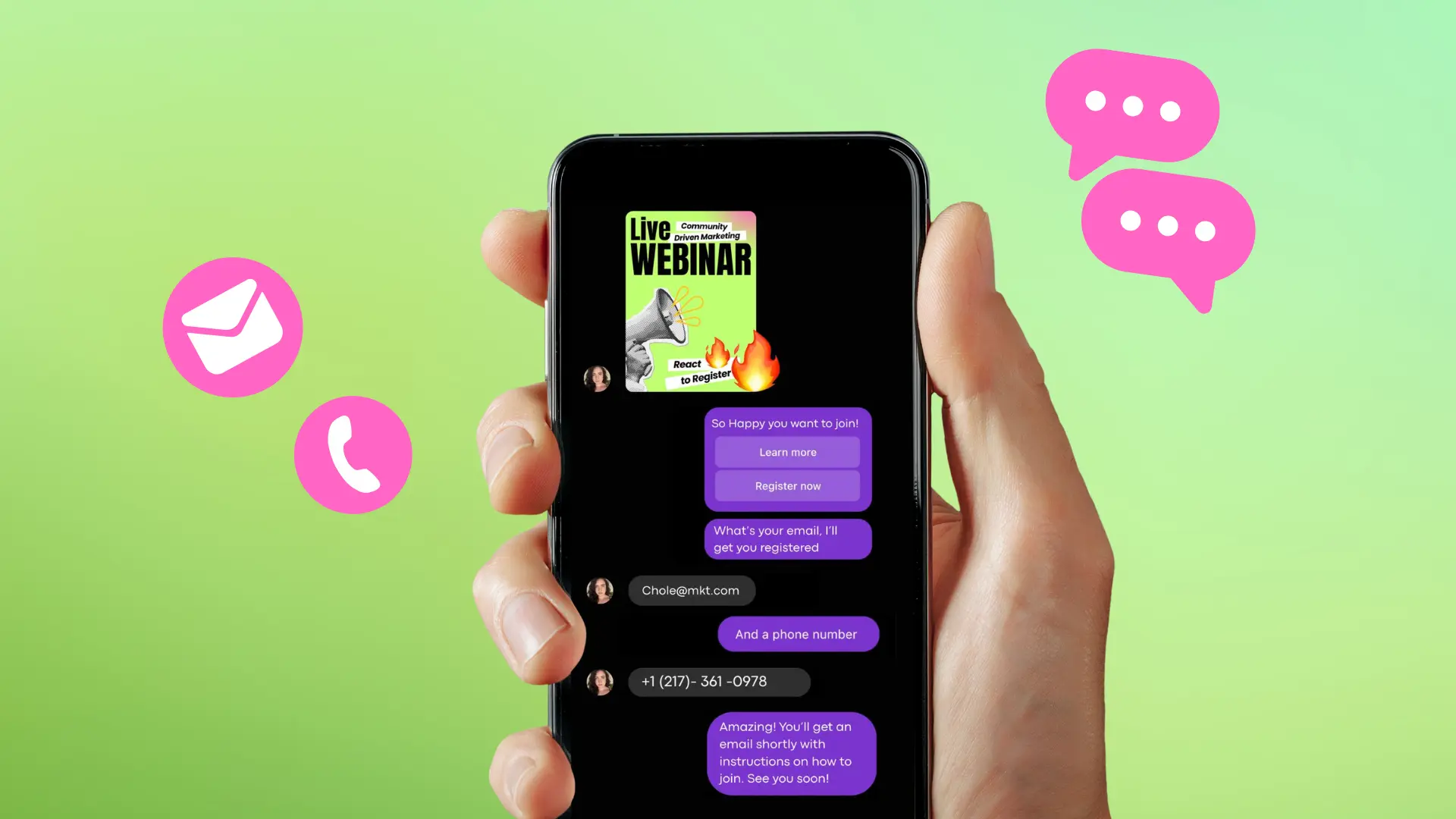
Turn Your DMs Into Lead Gen!
Learn how to collect lead data from your DMs such as email addresses, phone numbers, and more right from your social inbox. If you are not yet automating your DMs your competitors are outpacing you.

How Something Social Saved 75% of Their Time and Increased Revenue by 15%
See how a fast-growing agency improved operations, cut down hours of manual work, and unlocked new revenue opportunities with Vista Social.
New

50 Unique Social Media Ideas for Consistent Content Creation
Discover 50 unique social media post ideas to engage your audience, grow your brand, and maintain a consistent content strategy with ease!
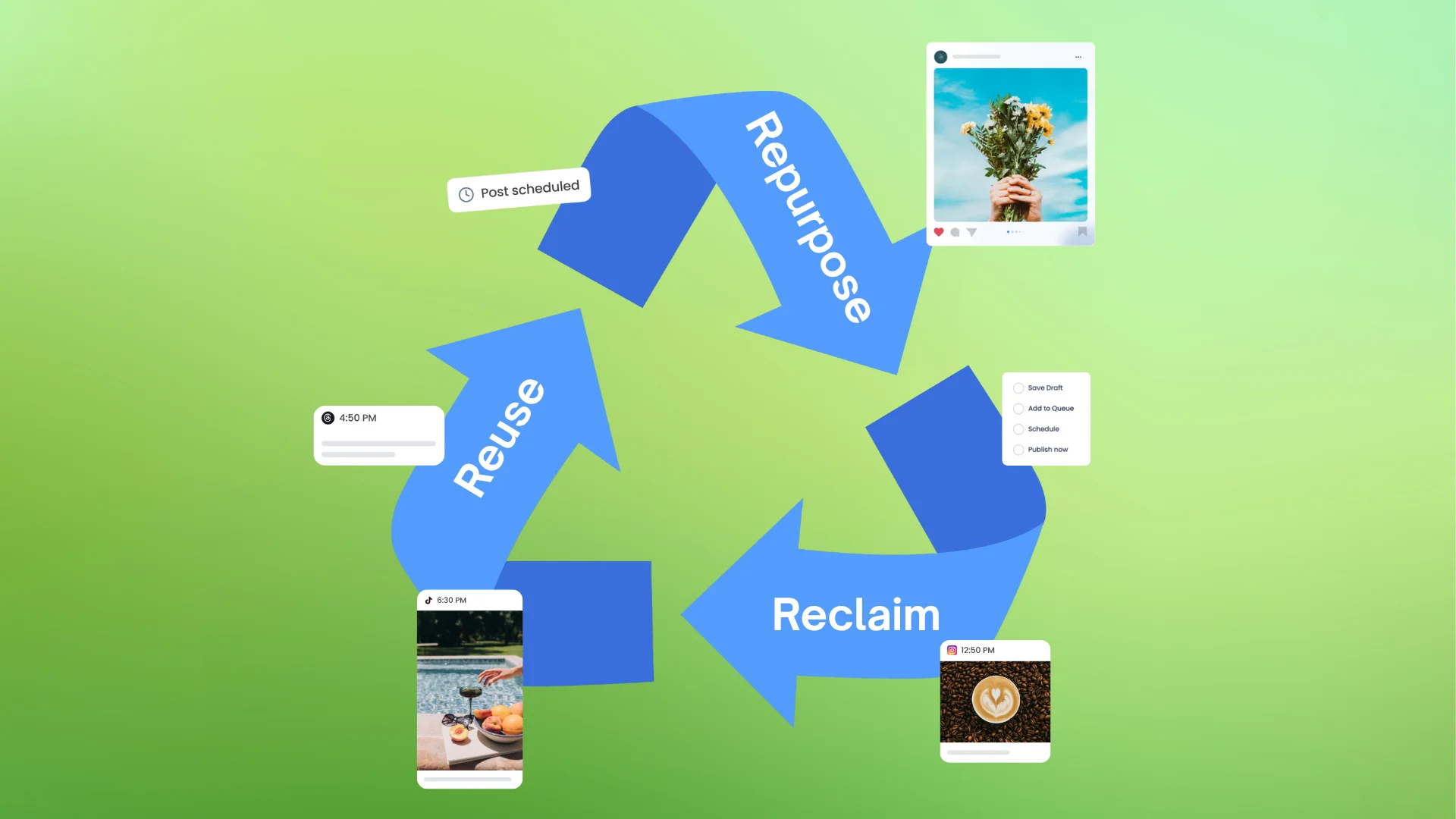
Mastering Content Reuse: The Key to a Consistent and Sustainable Posting Strategy
Published on April 1, 2025
6 min to read
How to Measure Employee Advocacy? 10 KPIs for Businesses
Summarize with AI
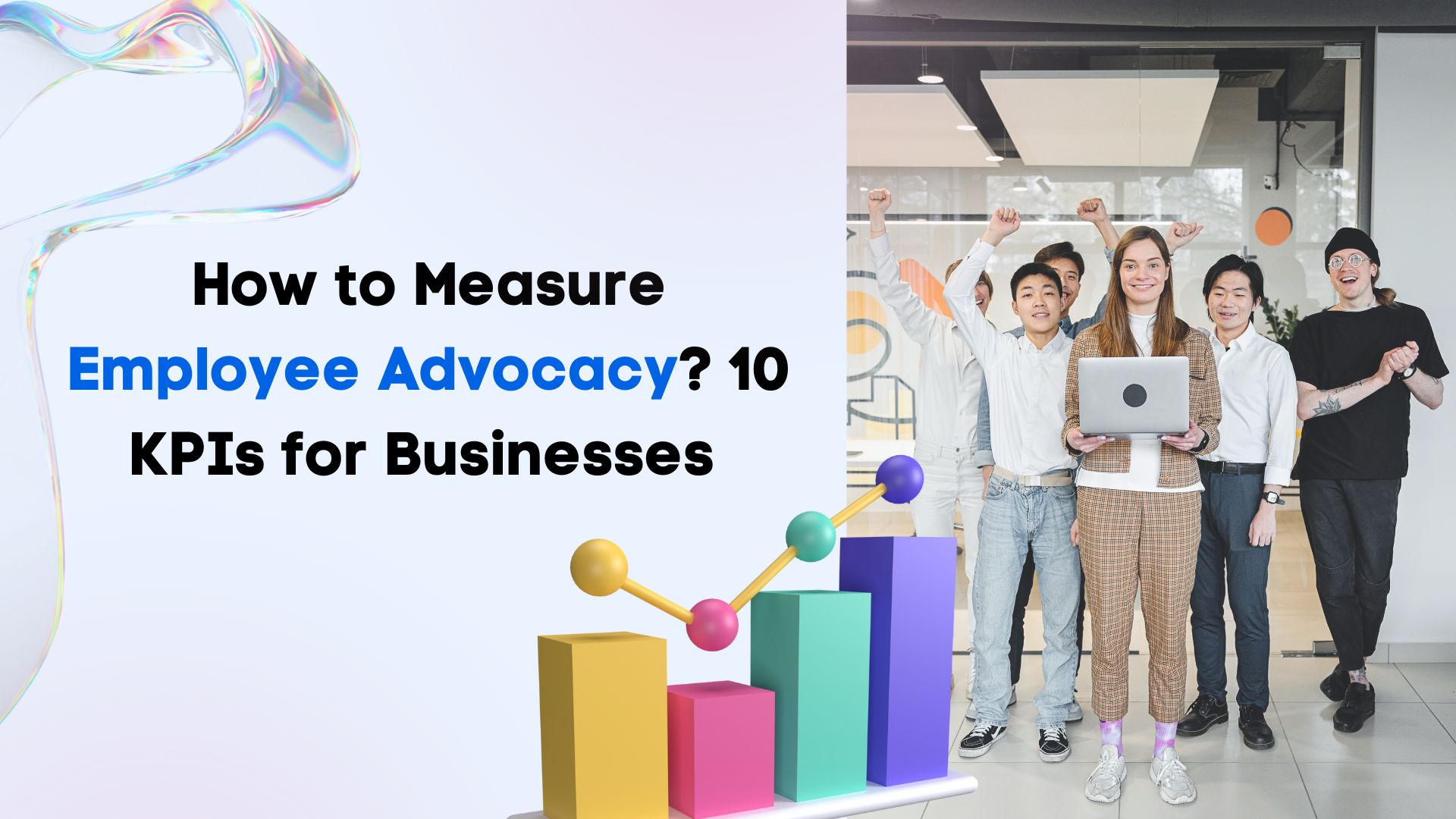

Table of Content

Did you know employee-shared content gets 8X more engagement than corporate posts? That’s the power of employee advocacy! When employees promote your brand on social media, it boosts visibility, builds trust, and strengthens company culture.
But here’s the catch—how do you measure employee advocacy effectively? Tracking the right KPIs is key. Without clear metrics, you can’t see what’s working, what’s not, or how to improve. In fact, strong employee advocacy can increase social media engagement by up to 300%!
In this guide, we’ll break down 10 must-track KPIs to help you measure employee advocacy with confidence. These insights will show you how to measure employee advocacy effectively, maximize reach, boost engagement, and turn employees into powerful brand ambassadors. Keep scrolling!
Table of contents
Why Measuring Employee Advocacy Matters
Simply launching an employee advocacy program isn’t enough—you need to track its performance to understand its true impact. Understanding how to measure employee advocacy helps businesses gauge effectiveness, identify areas for improvement, and ensure employees remain engaged in promoting the brand. Here’s why tracking employee advocacy is essential:
- Boosts Brand Awareness: When employees share company content, they introduce your brand to new audiences—potential customers, partners, and future hires who might never have found you otherwise. And it pays off.
- Improves Engagement and Trust: People trust employees more than brands. When your team shares content, it feels real—leading to more engagement and stronger credibility. Plus, customers from employee referrals stick around 37% longer—proof that trust drives loyalty!
- Enhances Employee Engagement: Advocacy doesn’t just help your brand—it gets employees more involved too. Tracking what content clicks with them keeps your team engaged and motivated. In fact, a report in 2025 found that 34% of respondents saw higher employee engagement as the biggest win, even above brand awareness and lead generation.
- Optimizes Strategy: Without tracking, you’re guessing. Measuring key metrics helps you fine-tune your strategy, adjust messaging, and support employees better—so their efforts make a bigger impact.
- Overcomes Challenges: Advocacy programs can struggle with low participation, boring content, or inconsistent engagement. Tracking reveals these roadblocks early, so you can fix them fast—whether it’s better training, more motivation, or fresh content.
[Must Read: What is Employee Advocacy and Its Impact on Business]
10 Must Track KPIs for Employee Advocacy
If you’re wondering how to measure employee advocacy, here are 10 must-track KPIs to ensure success:
Employee Participation Rate
Are your employees actively sharing and promoting your brand? Employee participation rate measures how many team members are involved in advocacy efforts. A high rate means strong engagement and a workforce that believes in your brand. To track this, compare the number of employees sharing content to the total number of employees. Boost participation with incentives, shoutouts, and engaging content they’ll want to share.
Social Media Engagement Metrics
Likes, shares, comments, and clicks—these numbers show how well your employees’ posts are performing. High engagement means your content is resonating with audiences and creating conversations. Use social media analytics tools to track these metrics across platforms and refine your strategy for maximum impact.
[Must Read: 20+ Social Analytics Tools in 2025: Free And Paid]
Content Sharing Frequency
The more employees share content, the more people see your brand. Track how often they post company-related content by measuring the average shares per employee over time. Keep it simple—give them ready-made posts, eye-catching visuals, and relevant topics to share.
Nike nails this strategy on Instagram. They post only once a week, yet their content drives massive engagement. How? By focusing on powerful storytelling and high-quality visuals. Every post aligns with their brand—featuring athletes, inspiring moments, and new products.
In just three months, Nike posted only 58 times but racked up a staggering 8,832,062 engagements. The takeaway? It’s not about posting more—it’s about posting smart.
Top Contributors
Who are your advocacy rockstars? Top contributors are employees who generate the most engagement. Identifying them helps you reward and motivate others to get involved. Track employees based on shares, interactions, and engagement. Recognize and celebrate their efforts with rewards, bonuses, or leadership opportunities.
Story Contributions
Authenticity sells, and employees sharing their own experiences build trust. Story contributions measure how often employees create original content instead of just resharing brand posts. Real stories connect better with audiences and drive higher engagement. To track this, monitor how many unique posts employees create and how well they perform. Encourage storytelling with prompts, interactive content challenges, and creative freedom.
[Must Read: Interactive Content Trends for 2025: Polls, Quizzes, and AR Experiences]
Brand Reach & Impressions
How far is your brand spreading? Brand reach and impressions measure how many people see employee-shared content. If you want to expand your reach, provide engaging, share-worthy content that sparks conversations. The bigger the reach, the more brand awareness you’re gaining.
Try Vista Social for Free
A social media management platform that actually helps you grow with easy-to-use content planning, scheduling, engagement and analytics tools.
Get Started NowClick-Through Rates (CTR)
Engagement is great, but are people clicking? CTR measures how many people click on links within employee-shared content. A high CTR means the content is compelling and driving action. Calculate this by dividing total clicks by impressions, then multiplying by 100. Improve CTR by crafting engaging captions, adding strong CTAs, and sharing valuable content that makes people want to learn more.
Earned Media Value (EMV)
Want to know how much your advocacy efforts are really worth? Earned Media Value (EMV) shows you the dollar value of the organic engagement from your employees—basically, how much you’d spend on ads to get the same reach and interactions. It’s an easy way to see the impact of likes, shares, and comments.
A high EMV means your employee advocacy program is working—no extra ad spend needed! Use EMV to compare the value of your advocacy efforts with what you’d pay for ads. With this insight, you can focus on what’s working and make your advocacy efforts even more powerful.
Lead Generation & Conversion Rates
Employee advocacy isn’t just about visibility—it should drive real business results. This metric tracks how many leads and sales come from employee-shared content. More leads mean your advocacy efforts are working. Use tracking links and CRM tools to measure conversions. Want better results? Train employees on social selling and provide shareable content that directs prospects to your website or sales funnel.
Employee Advocacy ROI
At the end of the day, what matters is ROI. Employee advocacy ROI shows whether your efforts are driving real results—more engagement, brand awareness, and leads. If the numbers look good, keep going. If not, tweak your strategy by doubling down on top-performing content and getting employees more involved.
How to Track These KPIs Effectively
Knowing how to measure employee advocacy involves more than just tracking numbers—it’s about using the right strategies and tools to drive meaningful impact. Here’s how to effectively track these KPIs and optimize your program for success.
- Use the Right Tools for Data-Driven Insights: Leverage powerful platforms like Vista Social to monitor employee advocacy efforts and social listening. These tools provide in-depth analytics, helping businesses track shares, engagement, and overall impact with real-time data.
- Set Clear Benchmarks to Measure Success: Define what success looks like for your advocacy program by aligning KPIs with your business goals. Whether it’s increased brand reach, higher engagement, or more conversions, setting measurable benchmarks ensures you can track progress effectively.
- Encourage Participation with Incentives: Motivate employees to actively participate by offering incentives such as recognition, rewards, or exclusive perks. A well-structured rewards system fosters enthusiasm and keeps employees engaged in advocacy efforts.
- Analyze and Optimize for Better Results: Regularly review performance data to identify trends and areas for improvement. Use insights to refine your advocacy strategy, experiment with different content types, and implement best practices that drive better engagement and impact.
Boost Your Employee Advocacy Results
Measuring employee advocacy is the key to unlocking its full potential. When employees actively promote your brand, it strengthens credibility, expands your reach, and drives business growth. But to truly maximize its impact, you need to know how to measure employee advocacy with the right KPIs.
By monitoring performance, you can identify what’s working, refine your strategies, and keep engagement high. A data-driven approach ensures your advocacy program stays strong and delivers real results.
Don’t leave employee advocacy to chance. Start tracking these KPIs today and empower your team to become passionate brand ambassadors!
P.S. If you’re new here, Vista Social is a powerful all-in-one social media management platform tailored for marketing agencies, freelancers, and social media managers. Our platform provides advanced tools to boost collaboration, streamline workflows, and elevate social media marketing success.
Sign up for your Vista Social account now to explore our features and take your social media strategy to the next level!
FAQs on How To Measure Employee Advocacy
How often should I track metrics?
Track metrics regularly to monitor progress and adjust strategies as needed. Early stages focus on internal metrics, with external metrics added as participation grows.
What role does employee engagement play in advocacy?
High employee engagement is crucial for successful advocacy programs, as engaged employees are more likely to become active advocates.
Can employee advocacy be integrated with other marketing strategies?
Yes, integrating employee advocacy with other marketing strategies can amplify its impact by leveraging multiple channels and reinforcing brand messaging.
About the Author
Content Writer
Content writer and copywriter with over 2 years of experience, specializing in VSL scriptwriting. I’ve worked with various brands to create compelling content. Passionate about storytelling that connects and converts. Loves cats, poetry, and skincare
Read with AI
Save time reading this article using your favorite AI tool
Summarize with AI
Never Miss a Trend
Our newsletter is packed with the hottest posts and latest news in social media.

You have many things to do.
Let us help you with social media.
Use our free plan to build momentum for your social media presence.
Or skip ahead and try our paid plan to scale your social media efforts.
P.S. It will be a piece of cake 🍰 with Vista Social
Subscribe to our Newsletter!
To stay updated on the latest and greatest Social Media news. We promise not to spam you!

